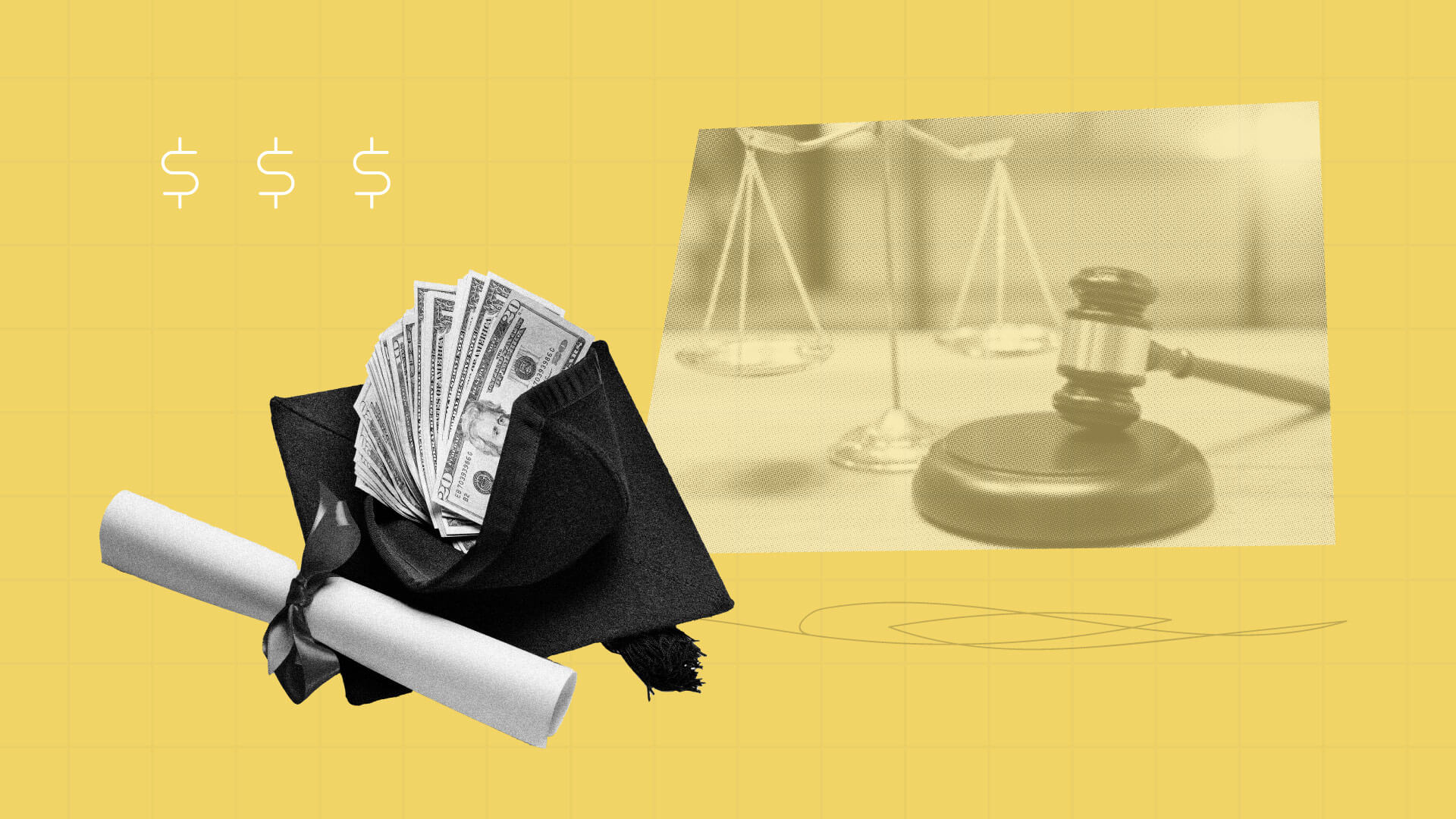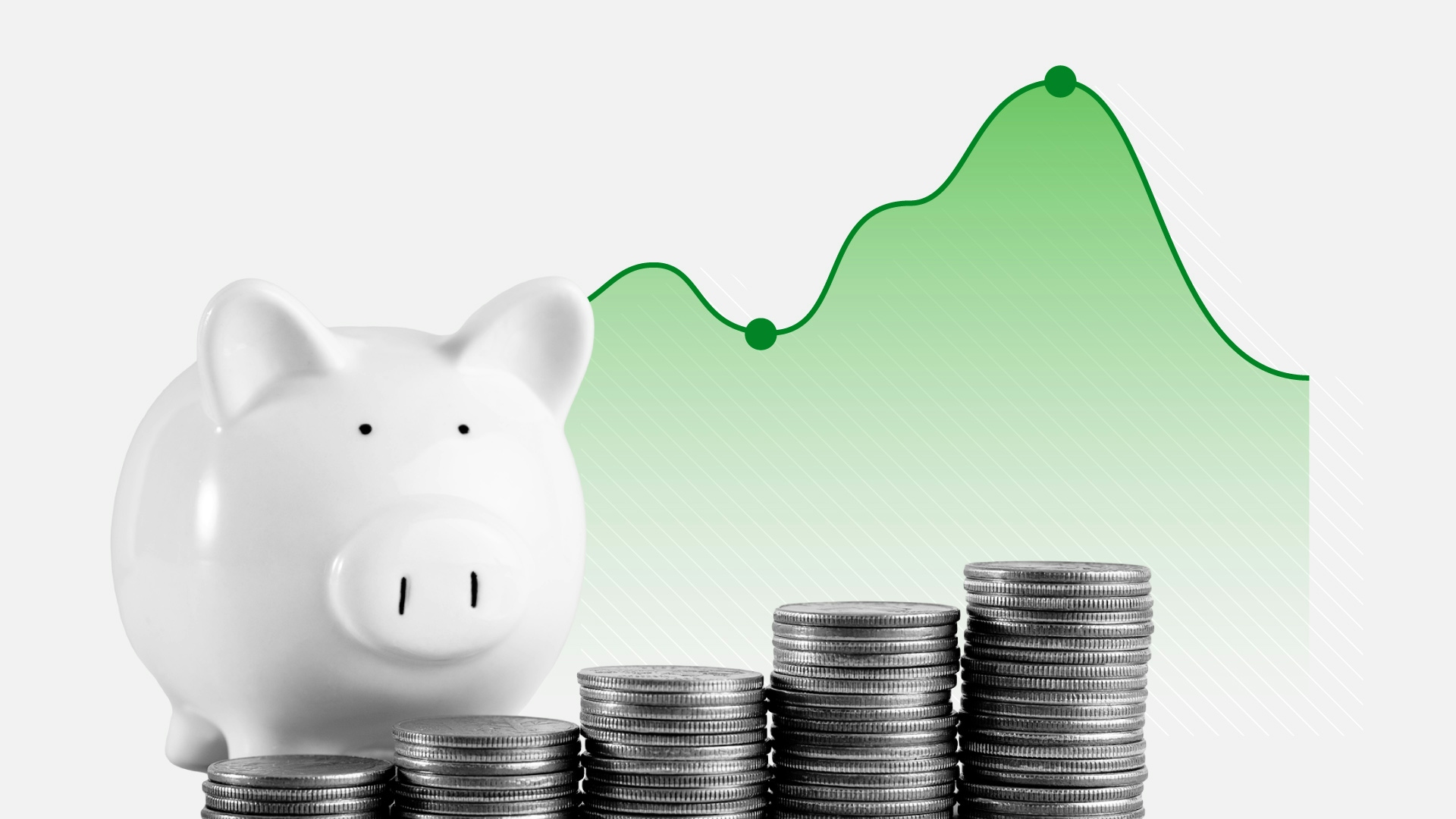Consumers Are Bracing for Student Loan Payments — but Will It Be Enough?

Key Takeaways
In September, student loan debt payments increased to their highest level reported this year ahead of federal student loan repayments resuming on Oct. 1. But it isn’t happening without other cutbacks – many U.S. adults with federal student loans report reducing spending on nonessentials and using more credit across the board to be able to afford payments on educational debt.
Around half of adults with federal student loans are still worried they will miss payments or default on student loans in the future, although rates among borrowers in higher-income households fell drastically since May, indicating this group had time to prepare better than their lower-earning peers.
Compared to the average U.S. consumer, student loan holders report more debt on average in every other debt category, making them more exposed to credit and interest rate risks.
Sign up to get the latest economic data and analysis delivered to your inbox every morning.
Federal student loan payments resumed on Oct. 1, with an estimated 28 million borrowers facing payments for the first time since the pandemic pause was initiated in March 2020. That’s a considerable amount of debt coming due: Pre-pandemic, the government was collecting an estimated $5.8 billion on average per month. New Morning Consult analysis finds that consumers with student loans are concerned — but preparing to manage the new addition to their debt burden.
Borrowers are prepared to cut back to help manage student loan repayments
The return of interest accrual, which began on federal student loans on Sept. 1, may have triggered some borrowers to rip off the proverbial Band-Aid and preemptively restart payments before the October deadline. In September, the average educational debt payment reported by borrowers with student loans was $762.66 — the highest level thus far in 2023, according to Morning Consult Economic Intelligence.
2023 Student Loan Payments Hit Highs in September
These larger payments aren’t doable without cutbacks. Many student loan borrowers are planning on making changes to their financial habits and overall spending in order to prepare for future loan payments. Three in 4 U.S. adults with federal student loan debt say they plan to reduce spending on nonessentials like entertainment, with a similar share looking to cut back on unnecessary travel. These planned adjustments are relatively similar across income levels and generations. However, millennials and Gen Zers are on the whole more impacted than their older counterparts, perhaps because their age means they’re more likely to have a larger debt burden.
Wide Shares of Federal Student Loan Debtors Are Making Cutbacks to Afford Payments
Notably, the actions federal student loan borrowers say they are taking to help afford loan payments have remained largely consistent since Morning Consult ran a similar survey in May. This level of steadiness could indicate the federal government’s plan to resume payments — which included months of advance notice — may have helped borrowers prepare well before they had to begin paying. It could also indicate uptake of the Biden administration’s SAVE Plan, which could lower monthly payments for some income-based borrowers.
It’s likely these actions will continue as payments remain a consistent part of student debt holders’ budgets, though they may not have an accurate sense of the impact they’ll have until after payments resume, especially if the government continues introducing small-scale relief opportunities.
Considerable risk remains as payments continue since borrower preparations might not be enough for the long term
While it’s positive to see borrowers’ preparations to help make new monthly payments, there’s still a lot at stake. More than one-quarter of adults with federal student loan debt believe they “definitely will” miss one or more payments, with an additional third (32%) believing they “probably will.” Likewise, 23% reported they “definitely will” default on loans, whereas 26% think they “probably will.” And though this data reflects consumers’ expectations about their ability to pay rather than the reality — and therefore could be a little gloomier, especially since an automatic one-year on-ramp program means consumers won’t face consequences for not paying right away — it’s a distressing signal, given the bigger picture.
Large Shares of Federal Student Loan Borrowers May Miss Payments, Default
Particularly concerning are the worries of lower- and middle-income federal student debt holders as their higher-earning counterparts’ concerns have eased since the May survey. At the time, 41% of consumers in households earning over $100,000 annually said they would “definitely” miss a payment, compared to 27% this month; similarly, 42% said they would “definitely” default, compared to 26% now. Among households earning less than $99,999 annually, shares between May and October are more similar albeit still high, especially in those earning below $50,000. This is likely because higher-income households were able to prepare for repayments in advance, whereas those earning less are just facing one more bill in a period where making ends meet is already difficult.
Specific demographics at scale: Surveying thousands of consumers around the world every day powers our ability to examine and analyze perceptions and habits of more specific demographics at scale, like those featured here.
Why it matters: Leaders need a better understanding of their audiences when making key decisions. Our comprehensive approach to understanding audience profiles complements the “who” of demographics and the “what” of behavioral data with critical insights and analysis on the “why.”
Bearing the burden of affording loan payments could create economic ripple effects this fall
Debt burden could become a greater issue, given that nearly half of adults with federal student loan debt say they plan to rely on other forms of credit, including credit cards, in other aspects of their lives, to afford their payments. Student debtors already have more debt than average: The average U.S. adult with student debt has double the amount of total debt payments per month than the average adult, with debt payments higher in every category measured. Not only does this mean adults with student loan payments have to allocate more money to debt payments each month, but it also means that they are more exposed to interest rate risks.
With interest rates at a 22-year high and the Federal Reserve signaling plans to keep rates higher for longer — and credit card delinquencies already on the rise — consumers with more debt may have to pay more money toward interest and are at a greater risk of defaulting. In addition to carrying more debt, adults with student loans have higher financial obligation ratios, meaning they have more monthly debt payments relative to their monthly income. In September, adults with student loans had a financial obligation ratio of 42%, 19 percentage points higher than the average adult.
Student Loan Borrowers Have a Substantially Higher Debt Load Than the Average Consumer
And it could also exacerbate a fall spending pullback. As highlighted in our research from earlier this year, more than a quarter of younger adults report having student debt, and these demographic groups have already begun to pull back on spending as they rearrange their budgets ahead of the resumption of student loan payments. This fall, increased payments on student debt and ensuing softening in spending, especially for discretionary categories that younger generations splurged on through the summer, could dominate the economic picture.
Jaime Toplin previously worked at Morning Consult as a senior financial services analyst.
Sofia Baig is an economist at decision intelligence company Morning Consult, where she works on descriptive and predictive analysis that leverages Morning Consult’s proprietary high-frequency data. Previously, she worked for the Federal Reserve Board as a quantitative analyst, focusing on topics related to monetary policy and bank stress testing. She received a bachelor’s degree in economics from Pomona College and a master’s degree in mathematics and statistics from Georgetown University.
Follow her on Twitter @_SofiaBaig_For speaking opportunities and booking requests, please email [email protected]


